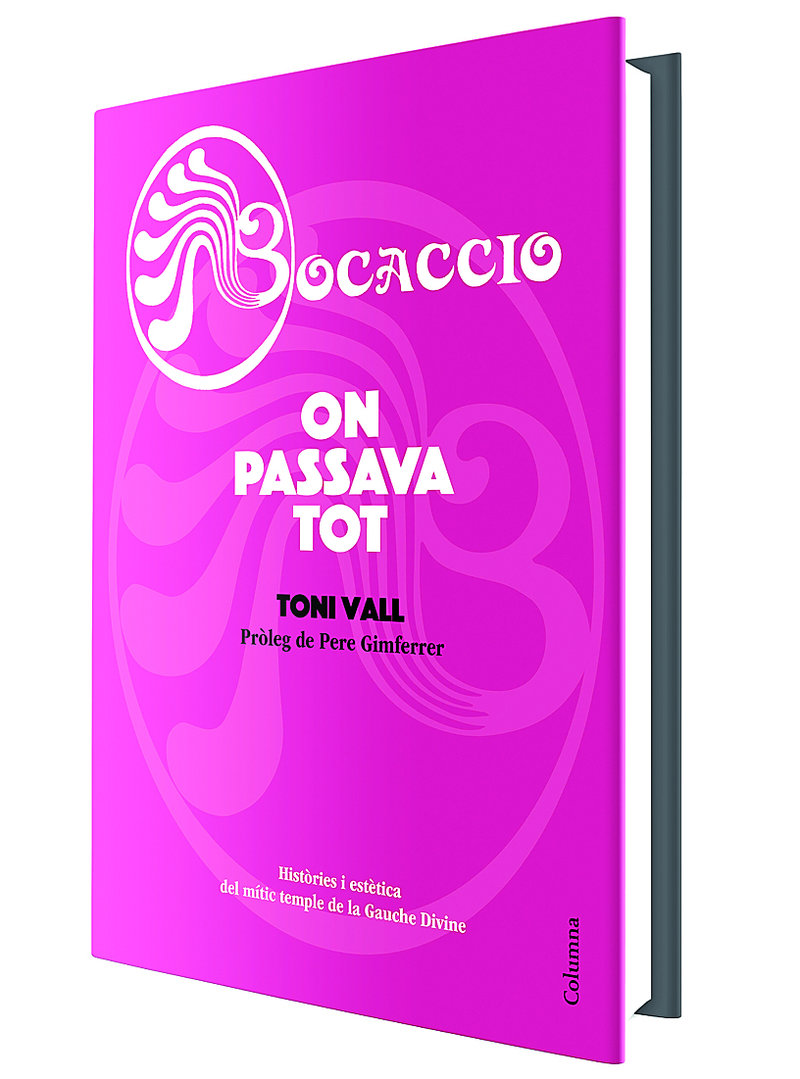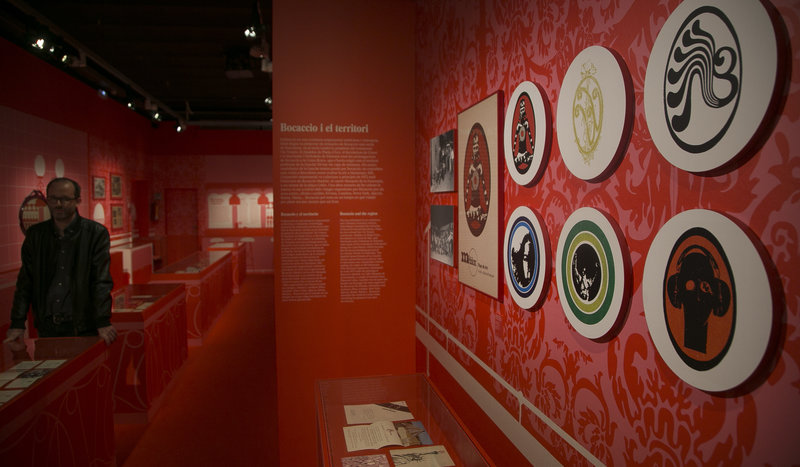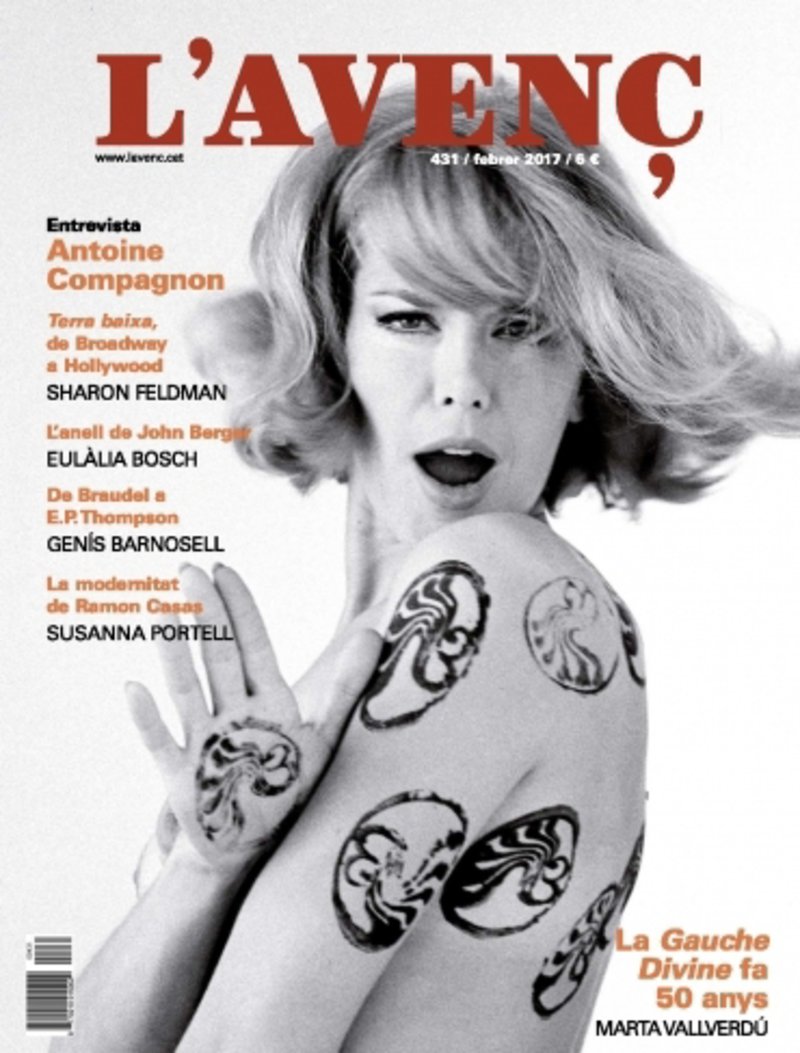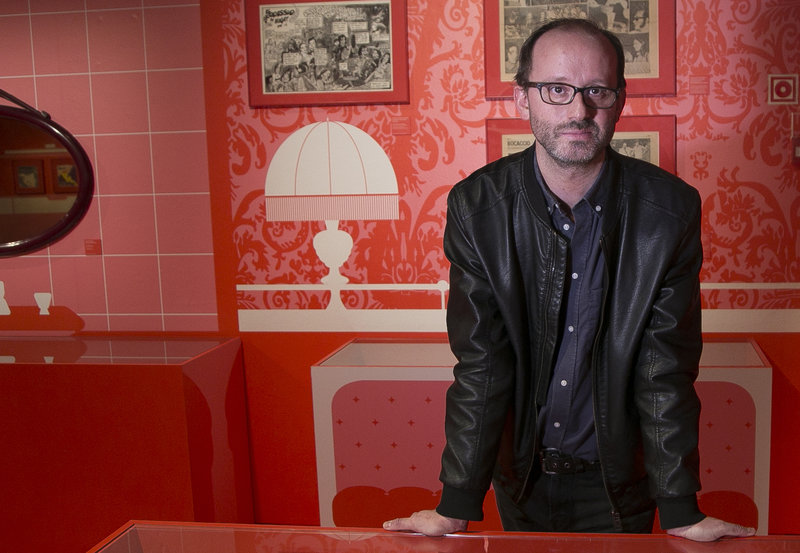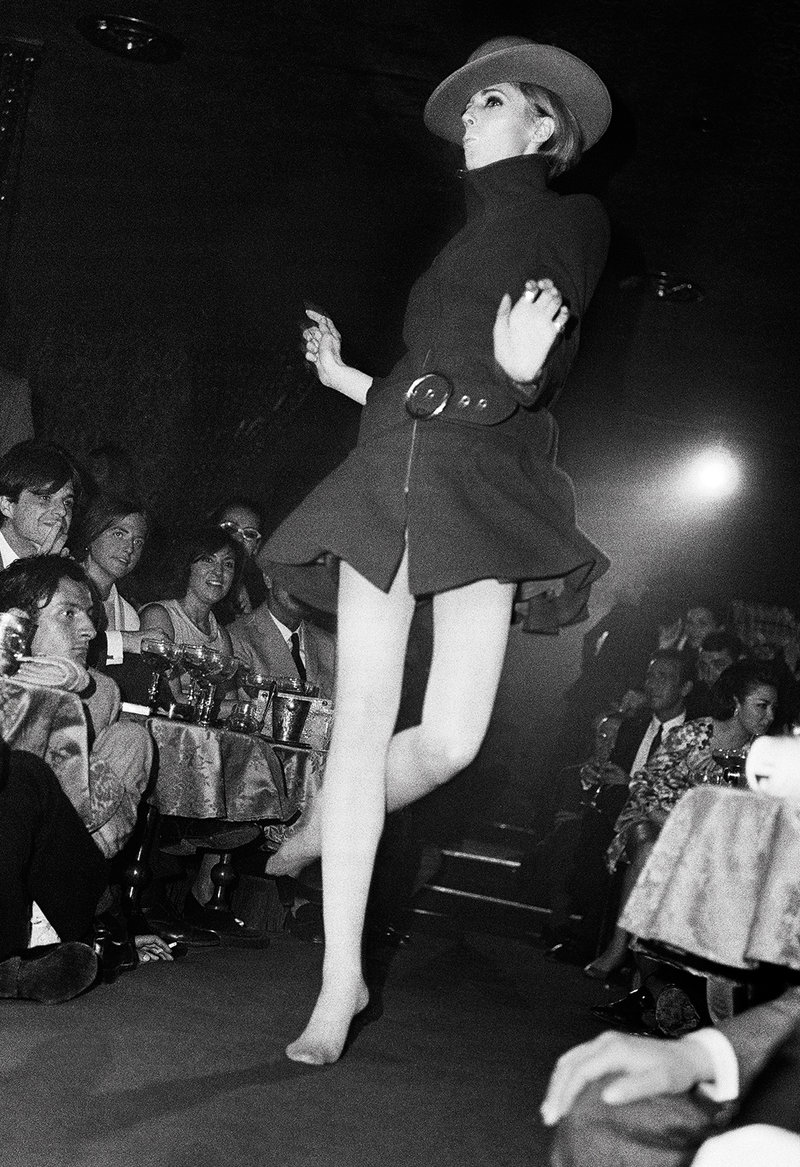The divine cup
A book and exhibition at the Palau Robert rekindle the spirit of Bocaccio, a nightclub that had become a hangout for all kinds of nonconformists by the end of the Franco regime
Although for many people the abiding image of Bocaccio is that of a discotheque for upper-class anti-establishment nonconformists, Toni Vall, author of the book “Bocaccio. Where it all happened” (Columna) and curator of the exhibition “Bocaccio, the temple of the Gauche Divine” (Palau Robert, Barcelona, until April 13, 2020), believes it was not an exclusive place. “You would find people from culture, filmmakers, singers, architects; characters from the higher part of Barcelona, where the club was located [Muntaner, 505], but working-class people too.” Toni Vall (Barcelona, 1979) may be certain of that fact but he acknowledges that he never actually visited the legendary establishment “because I was too young.” He has always had a fascination for the place, however. A great film journalist, Vall says “It must have all started when I looked at the magazine Fotogramas, which always had a lot of references to Bocaccio.” This obsession, and his obsession as a collector, led to the accumulation of all kinds of objects with the famous capital B logo designed by Xavier Regàs, brother of Oriol, and Toni Miserachs, brother of Xavier. The latter was one of the great sources of support Oriol Regàs had in opening Bocaccio in February 1967 and turning the establishment into the highest exponent of what Joan de Sagarra would call the Gauche Divine.
Turngin Bocaccio into a nightclub was not enough for Regàs, though. The conversations that took place there, the music, the ideas that emerged from an atmosphere of smoke, alcohol and solidarity; he wanted it all to take on a defined shape beyond that of night-time fantasy. And so under the Bocacció name there emerged a design publisher, a magazine, a record label, which produced records by Maria del Mar Bonet, Smash, Iceberg and Alan Stivell, and even another Bocaccio in Madrid. Regàs also created the Maddox nightclub in Platja d’Aro, Revolution in Lloret de Mar and Marinada and Arboleda in Palamós. A veritable avalanche of modernity that allowed the last years of the dictatorship to be spent in Bocaccio and its satellites.
Vall recalls that Boccaccio was one of the places where the idea of intellectuals shutting themselves away in Montserrat Abbey was first conceived. This inspirational notion represented opposing Franco by highlighting not suffering but the desire to live well and have a good time.
Vall also reveals what Bocaccio and its circle of friends represented in the world of literature, and not because some of its regular clients were writers, such as Juan Marsé, Enrique Vila-Matas and Joan de Sagarra, but because Jorge Herralde, Beatriz de Moura and Òscar Tusquets recreated and imbued in that same setting the spirit of the Anagrama and Tusquets publishing houses, respectively.
The book recounts the author’s encounter with key characters from the nightclub’s history. “No one has refused to talk about it, or been reluctant to take a trip back to Bocaccio’s past,” Vall says.
And so in the book we find Oriol Bohigas, Beth Galí, José Ilario, Mònica Randall, Teresa Gimpera, Román Guvern, Joan de Sagarra, Toni Miserachs, Serena Vergano, Rosa Regàs, Enrique Vila-Matas, Joan Manuel Serrat, Oscar Tusquets, Guillermina Motta, Juan Marsé, Colita, Elisenda Nadal, Jesús Ulled, Georgina Regàs, Anna Maio, Jorge Herralde, Beatriz de Moura, Salvador Clotas and Gonzalo Herralde. The epilogue is dedicated to the man who was the soul of it all: Oriol Regàs, and Pere Vall says: “If he were alive, he would never have written this book, which is not intended as nostalgia, but if there is some, then that’s not so bad either.”
The exhibition is based around the book and depicts Bocaccio’s visual universe with posters, drinking glasses, merchandising and two original jewels: the mirror from the bathroom and the modernist-style door from the entrance.
Visitors will go on a tour of photos, objects and all kinds of documents that testify to the aesthetic and conceptual footprint of a place that pioneered the creation of a brand image through merchandising. Bocaccio opened the BRM store on carrer Enric Granados to sell its products, while lending its name to books, movies, design pieces and music.
culture

